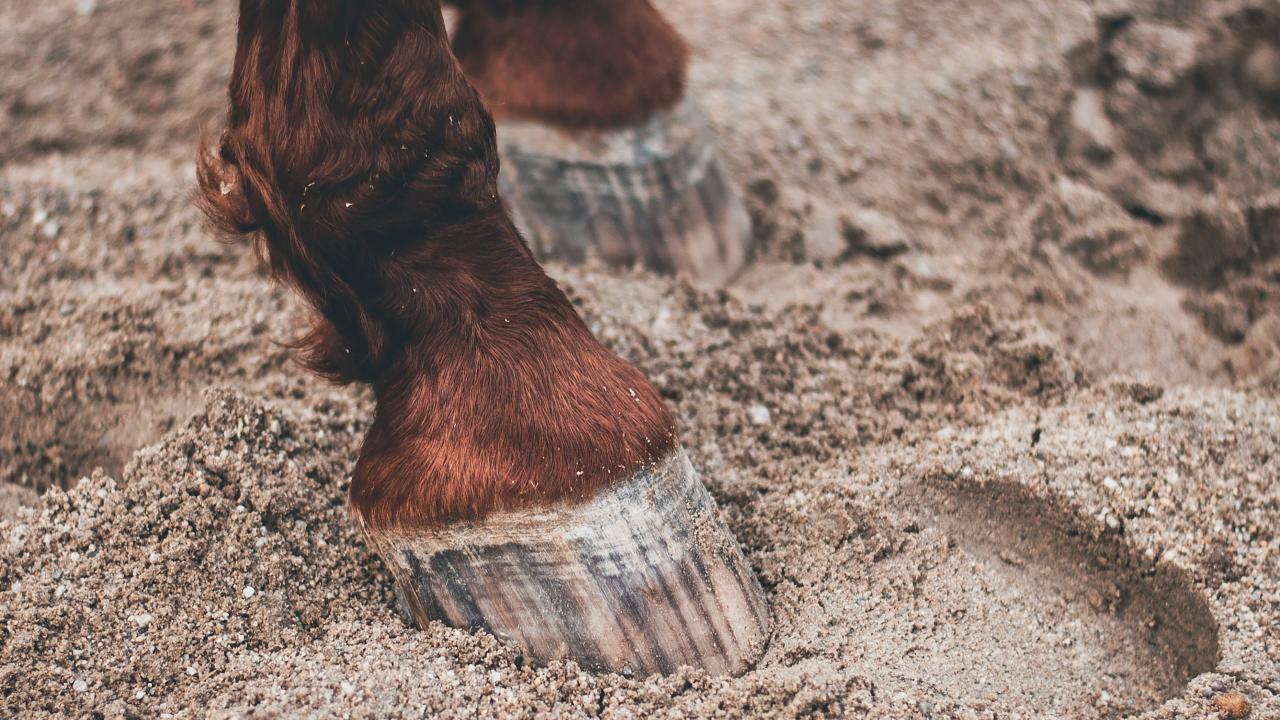
More Genes, Fewer Toes: Were Gene Copies the Key to an Evolutionary Leap for Horses?
Eighteen million years ago, a genetic duplication event coincided with the evolutionary split between horses and their four-toed, forest-browsing ancestors. A recent study, led by Dr. Danika Bannasch and Kevin Batcher - an Integrative Genetics and Genomics Ph.D. student in her lab - investigated specific genetic duplications in horses, finding evidence of important roles for these elements and countering historical conventions that they have no function.
A certain class of genetic variation in animals are caused by an element called LINE-1 (long interspersed nuclear element 1), which is still active and capable of making new copies of itself and sometimes copies of other genes, called retrocopies. The study investigated these extra gene copies in horses and other domestic and wild equids. Of the 437 retrocopies identified, only five were shared between horses and other equids, indicating that the majority of the extra copies formed after the species experienced an evolutionary split.
In particular, a retrocopy of the gene Ligand Dependent Nuclear Receptor Corepressor Like (LCORL) was present in all equids (horses, donkeys, zebras) but absent from other species of odd-toed ungulates alive today, such as rhinoceroses and tapirs. This retrocopy was also duplicated many times within equids, with the majority of LCORL tissue expression in horses and donkeys originating from these retrocopies rather than the parent gene. Bannasch said the LCORL was a pretty exciting gene to identify since it is a major body size gene across mammals.
The original retrocopy, estimated to have occurred 18 million years ago, happened during the period when equids experienced an increase in body size, a reduction in the number of toes, and changes in their teeth. The age of the LCORL retrocopy and the large number of expressed LCORL retrocopies in today’s equids provide evidence of their function in equid evolution.
“The results of this study, along with results reported in other species, imply important roles for these retrocopies,” said Bannasch who serves as the Maxine Adler Chair in Genetics at the UC Davis School of Veterinary Medicine. “Future studies may uncover additional evolutionary links, as well as implications for health in horses and other animals.”
Media contact:
Trina Wood: tjwood@ucdavis.edu
